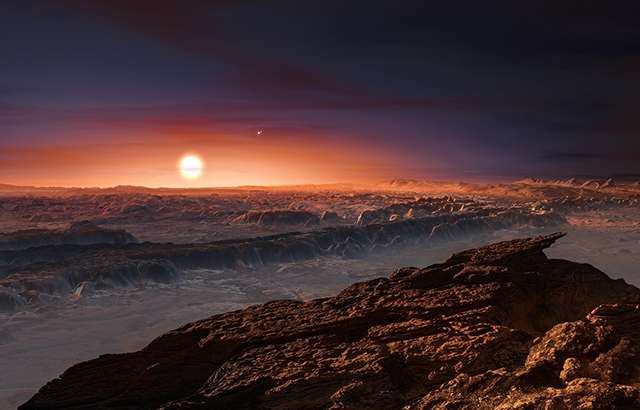The Great London:
Astrobiology
Astronomy: Number of habitable planets could be limited by stifling atmospheres

Astronomy: Proxima b is in host star's habitable zone, but could it really be habitable?

Astronomy: Planet found in habitable zone around nearest star

Astronomy: Fossilized rivers suggest warm, wet ancient Mars

Breaking News: Accelerating the search for intelligent life in the universe

Astronomy: Evidence of Martian life could be hard to find in some meteorite blast sites

Origin of Life: Icy comets serve as storks for life on Earth

Recommended Reading: 'Map of Life' predicts ET, so where is he?
